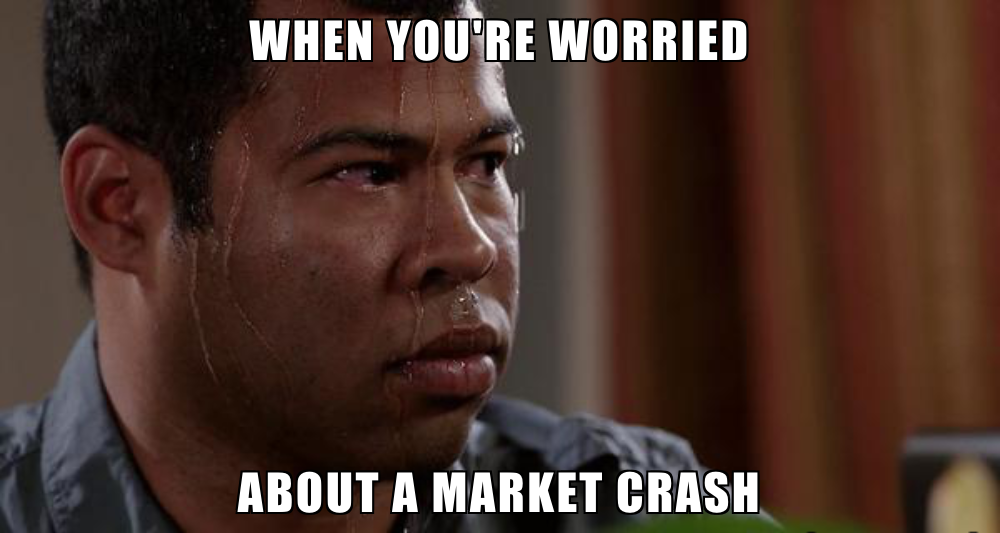Are you prepared for the worst? Here’s how to safeguard yourself from any market crash.
Kartikay Goyle • 2023-01-01 • 3 mins
Here’s how to manage and mitigate tail-risk and black-swan events.
What is Tail Risk?
First let's understand what is Tail risk? Tail risk refers to the possibility of rare and extreme events occurring in financial markets. These events, also known as "black swans," can have a significant impact on the performance of investment portfolios and can result in significant losses. Tail risk affect the overall market, and not just individual stocks or bonds. A market crash or recession can cause widespread losses for investors, regardless of the specific securities they hold in their portfolio.
Types of tail risk?
There are several types of tail risk, including:
- Market risk: This type of risk refers to the possibility of a market crash or recession, which can cause widespread losses for investors.
- Credit risk: This type of risk refers to the possibility of default or bankruptcy of a company, which can lead to losses for investors who hold that company's stock.
- Interest rate risk: This type of risk refers to the possibility of changes in interest rates that can affect the value of certain types of investments, such as bonds.
- Liquidity risk: This type of risk refers to the possibility that an investor will not be able to sell a security quickly at a fair price.
- Political risk: This type of risk refers to the possibility of political events affecting markets, such as changes in government policies, or trade wars.
Examples of tail risk?
There have been several historical examples of tail risk events in the stock market, including:
- The Great Depression: The stock market crash of 1929 and the subsequent economic downturn is considered one of the most severe tail risk events in history.
- Black Monday: On October 19th, 1987, the Dow Jones Industrial Average dropped by 22.6%, one of the largest single-day declines in history. This event is considered a tail risk event due to its sudden and severe nature.
- The Dot-com Bubble: The stock market boom of the late 1990s, driven by the rapid growth of internet-based companies, was followed by a severe market crash in 2000-2002.
- The Financial Crisis of 2008: The collapse of the housing market and the subsequent financial crisis led to a severe downturn in the stock market, with major indices declining by more than 50%.
- The COVID-19 market crash of 2020: The outbreak of the COVID-19 pandemic in early 2020 led to a sudden and severe market crash, with major indices declining by more than 30% in a matter of weeks.
How to mitigate tail risk?
To mitigate tail risk, investors can use a variety of techniques, such as:
- Diversification: Spreading investments across different asset classes and industries can help reduce the impact of extreme events on a portfolio.
- Hedging: Using financial instruments such as options and futures can help offset the potential losses from extreme events.
- Stress testing: simulating extreme scenarios to understand the potential impact on portfolio and take action accordingly
- Risk management: Monitor and manage the overall risk of a portfolio (e.g use of stop-losses) to ensure it remains within acceptable levels.
- Invest via Saay Finance: Saay Finance is specifically designed to provide protection against tail risk. We take care of diversification, hedging, stress testing and risk-management so you never have to suffer significant losses again in your portfolio. Sign up for our waitlist here.
See More Posts
Backed By
Saay, Inc. is an SEC-registered investment adviser (CRD # 323873/SEC#:801-127036). Such registration requires us to follow federal regulations that protect you, the investor. By law, we must provide investment advice that is in the best interest of our client. Investing in securities always involves the risk of loss. Past performance does not guarantee future results.





